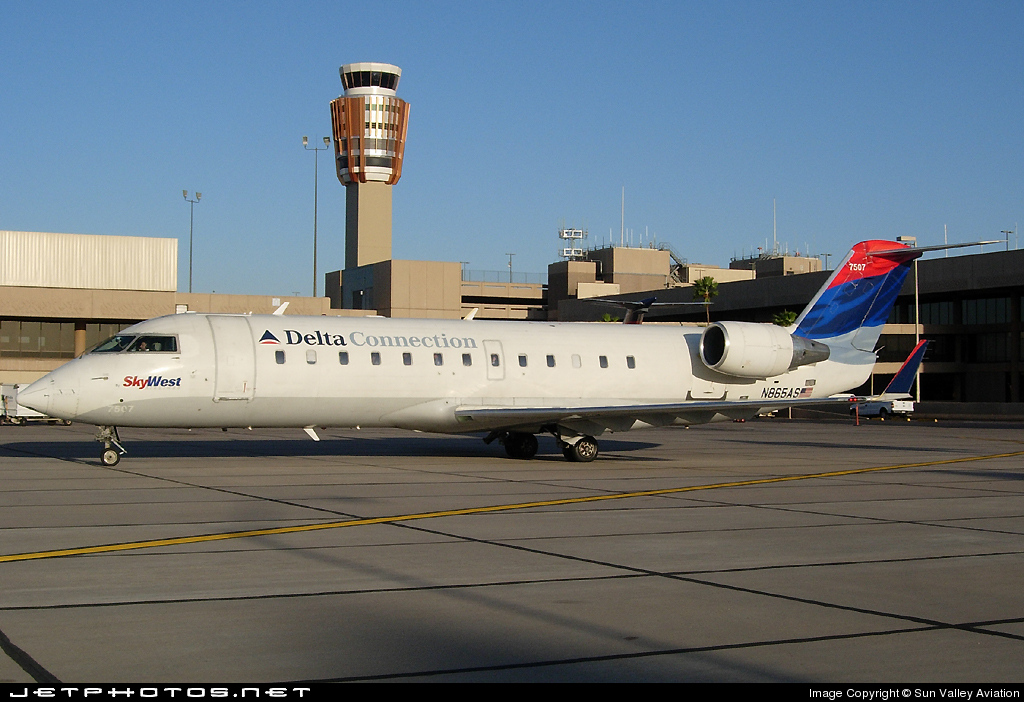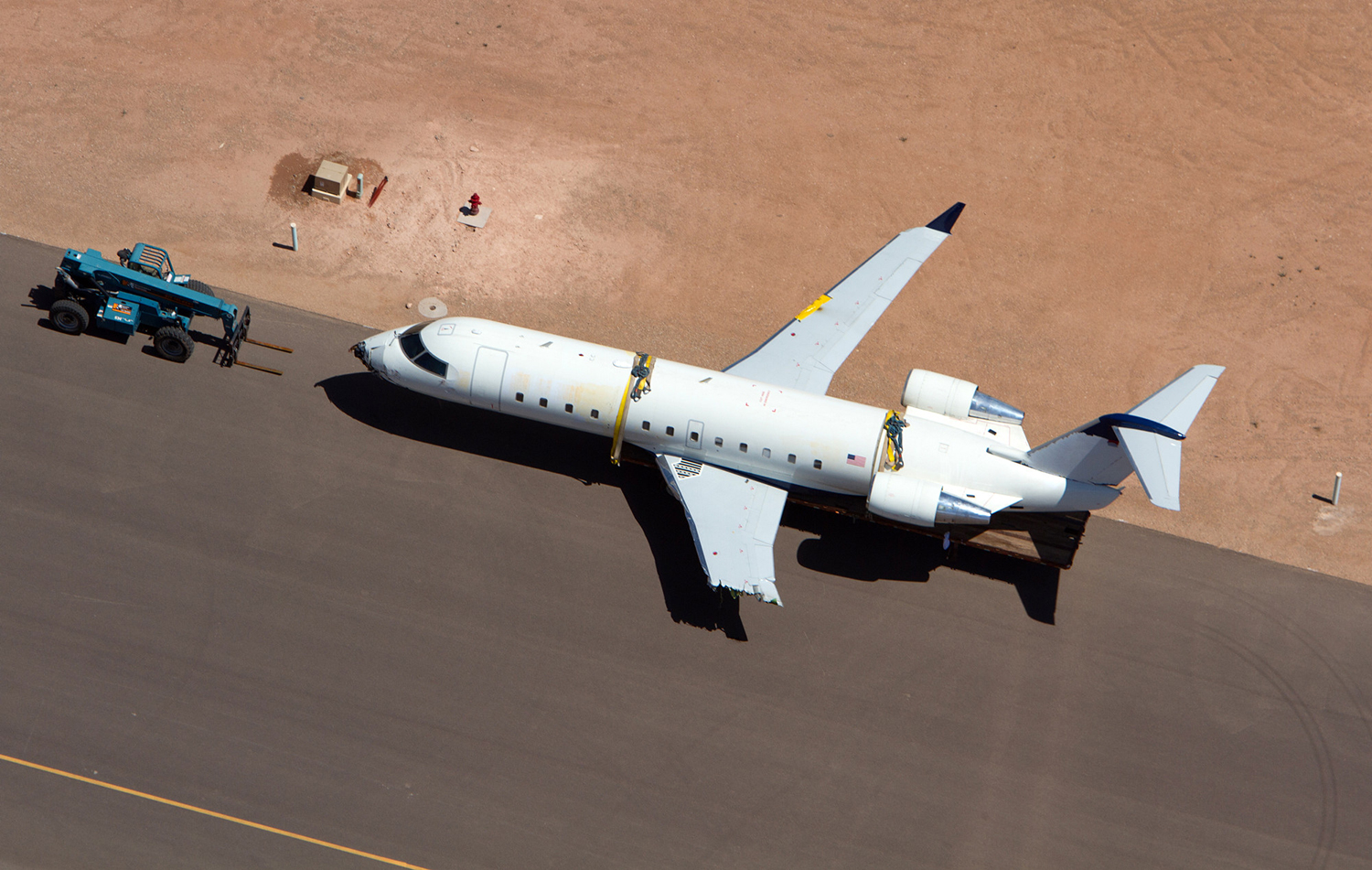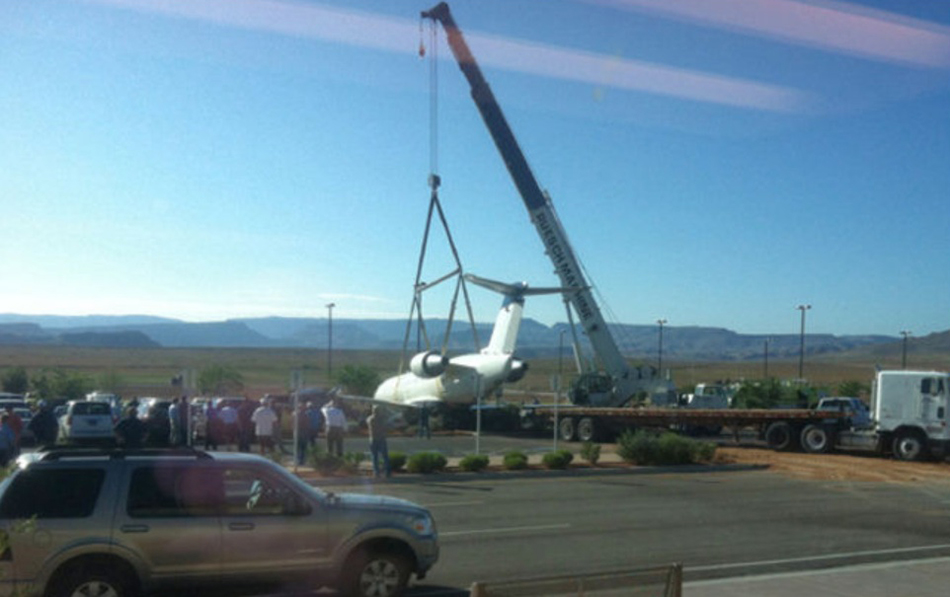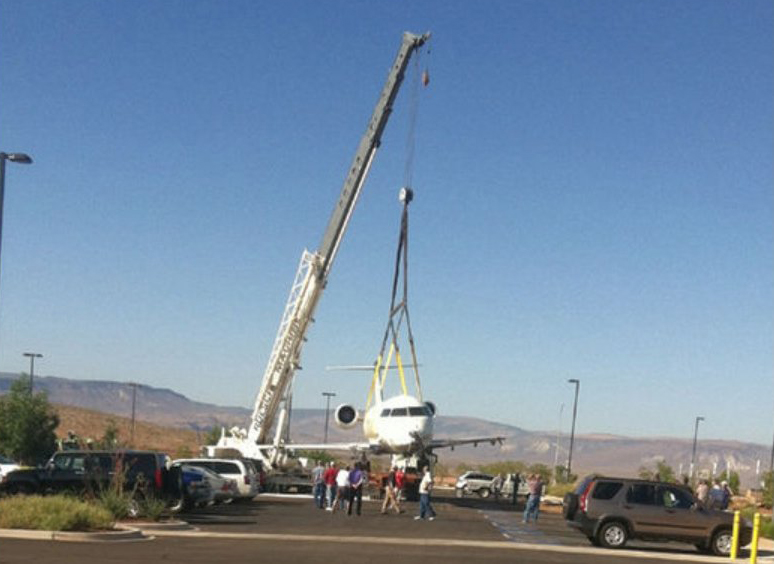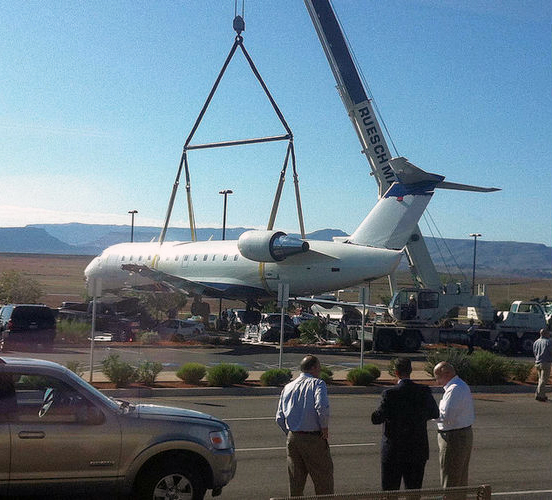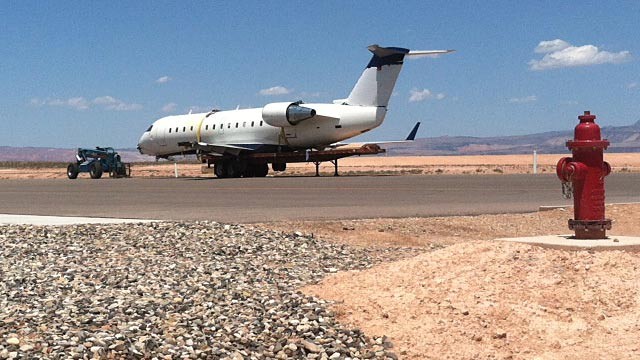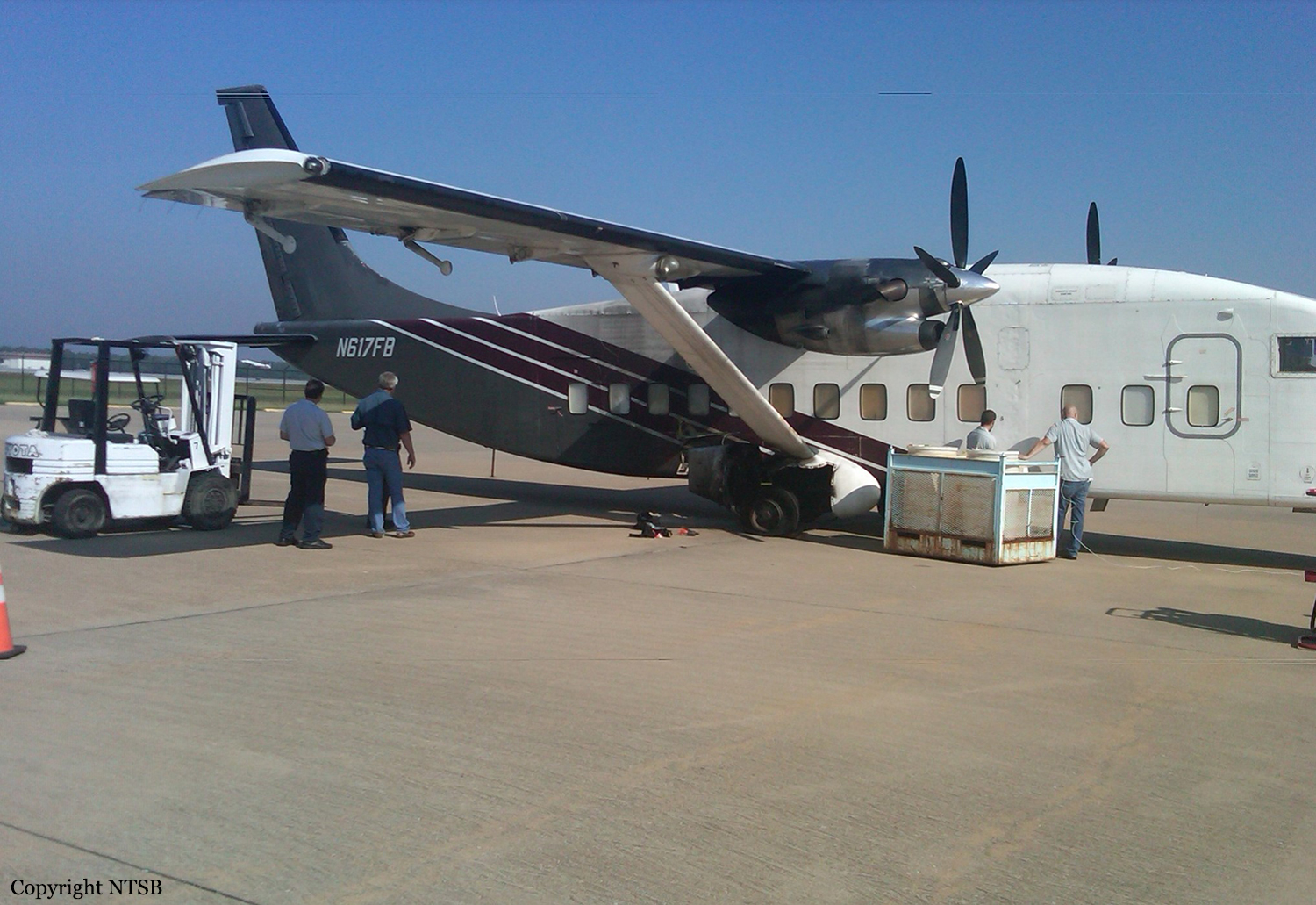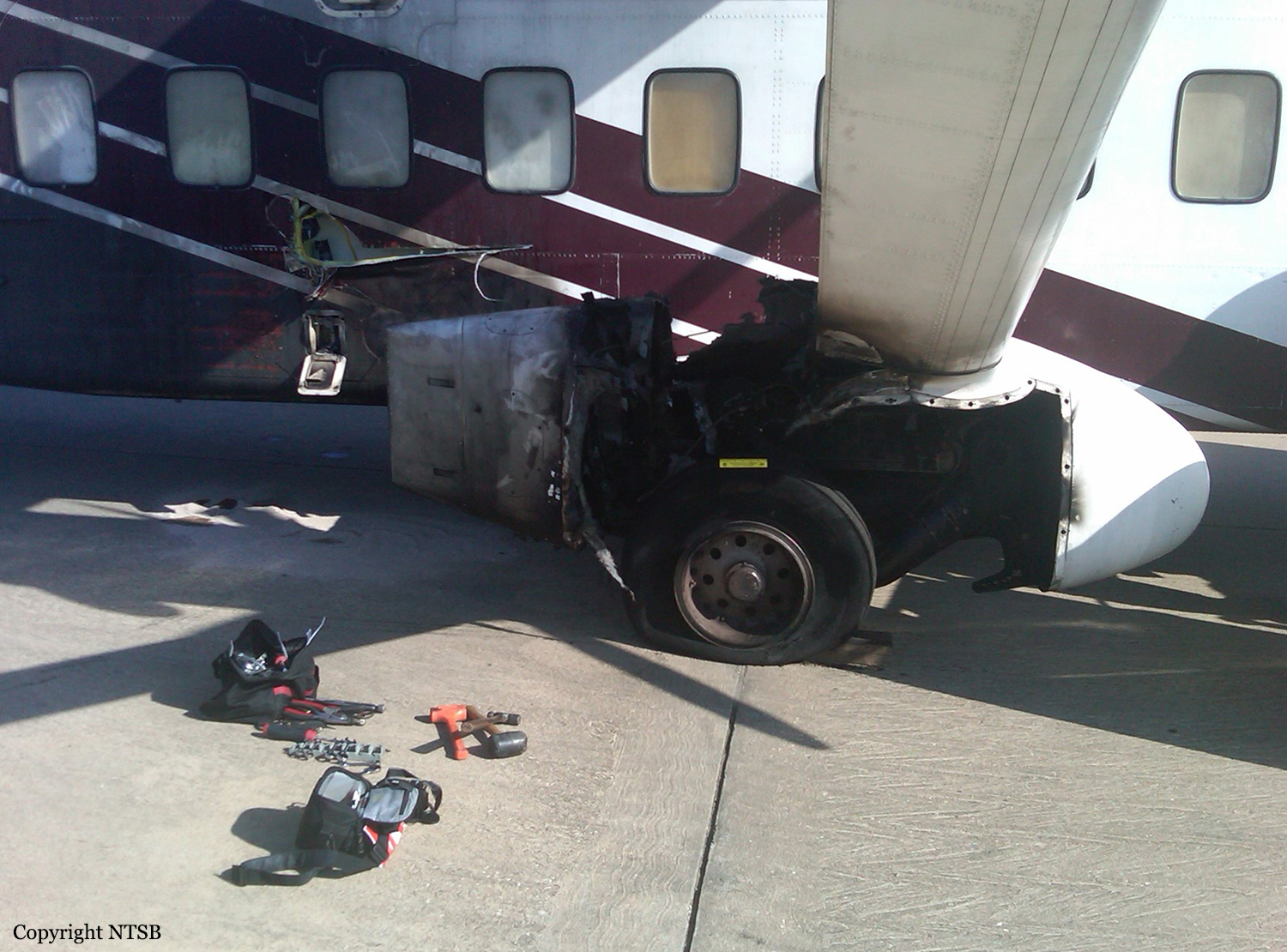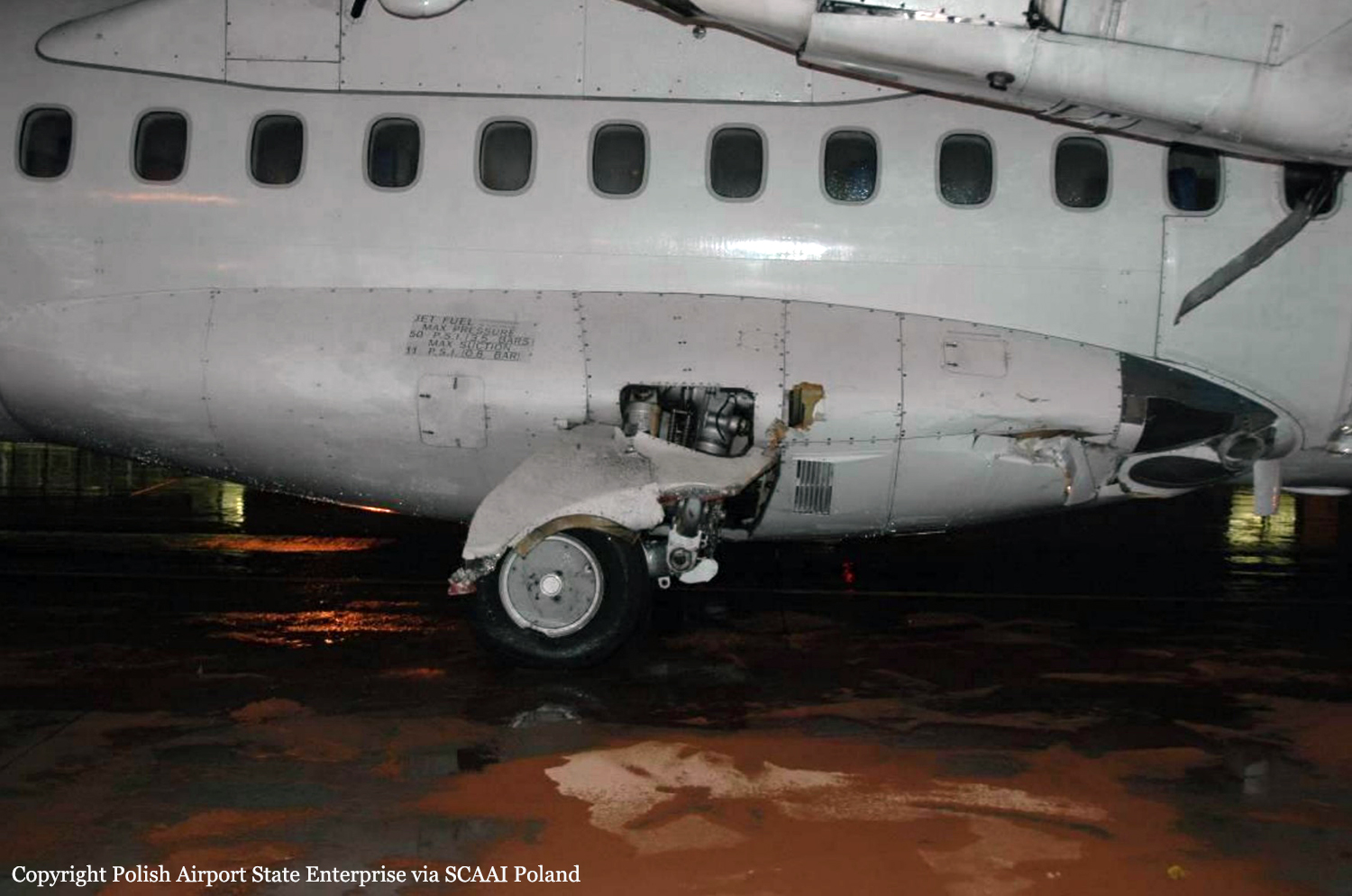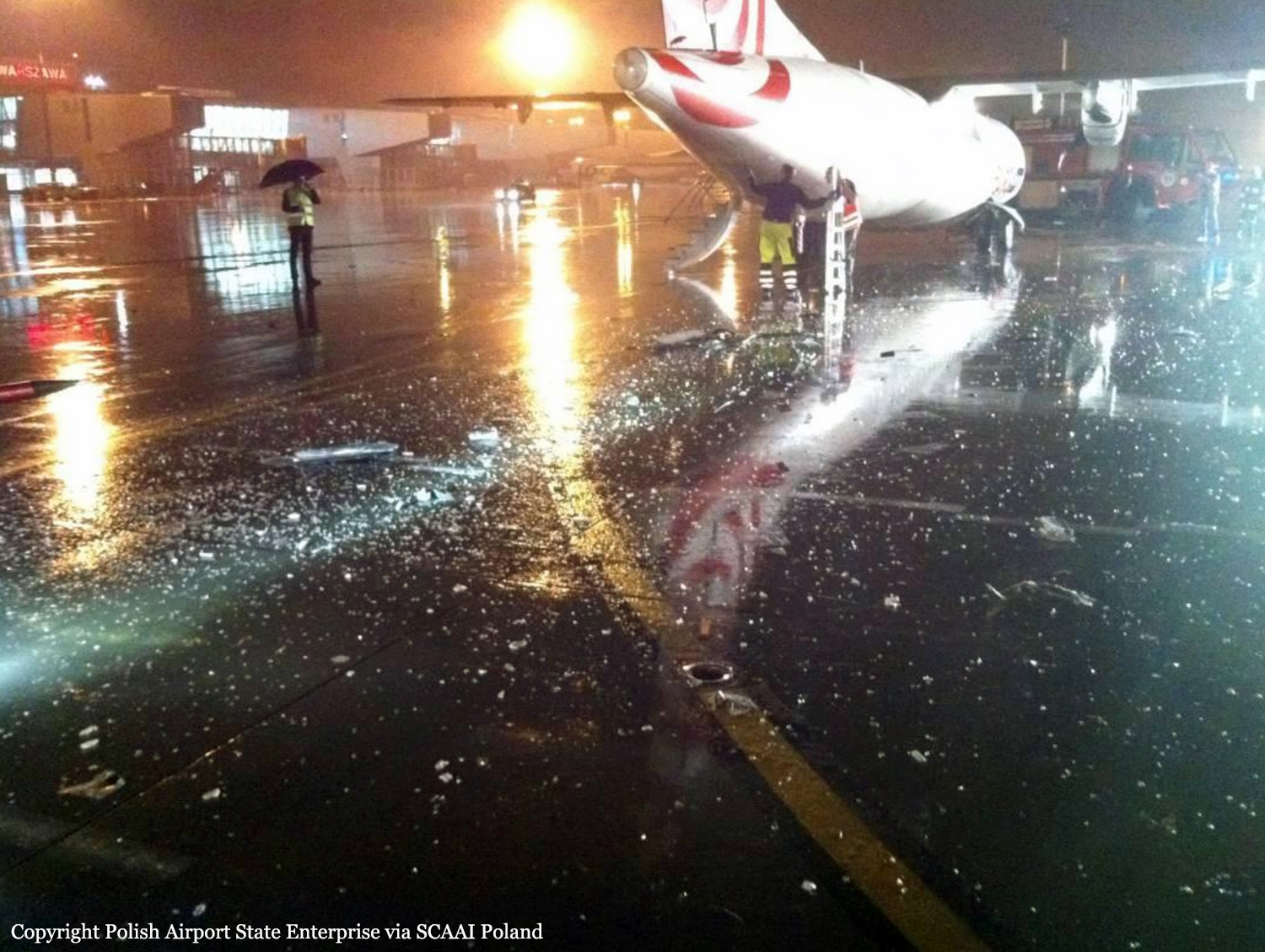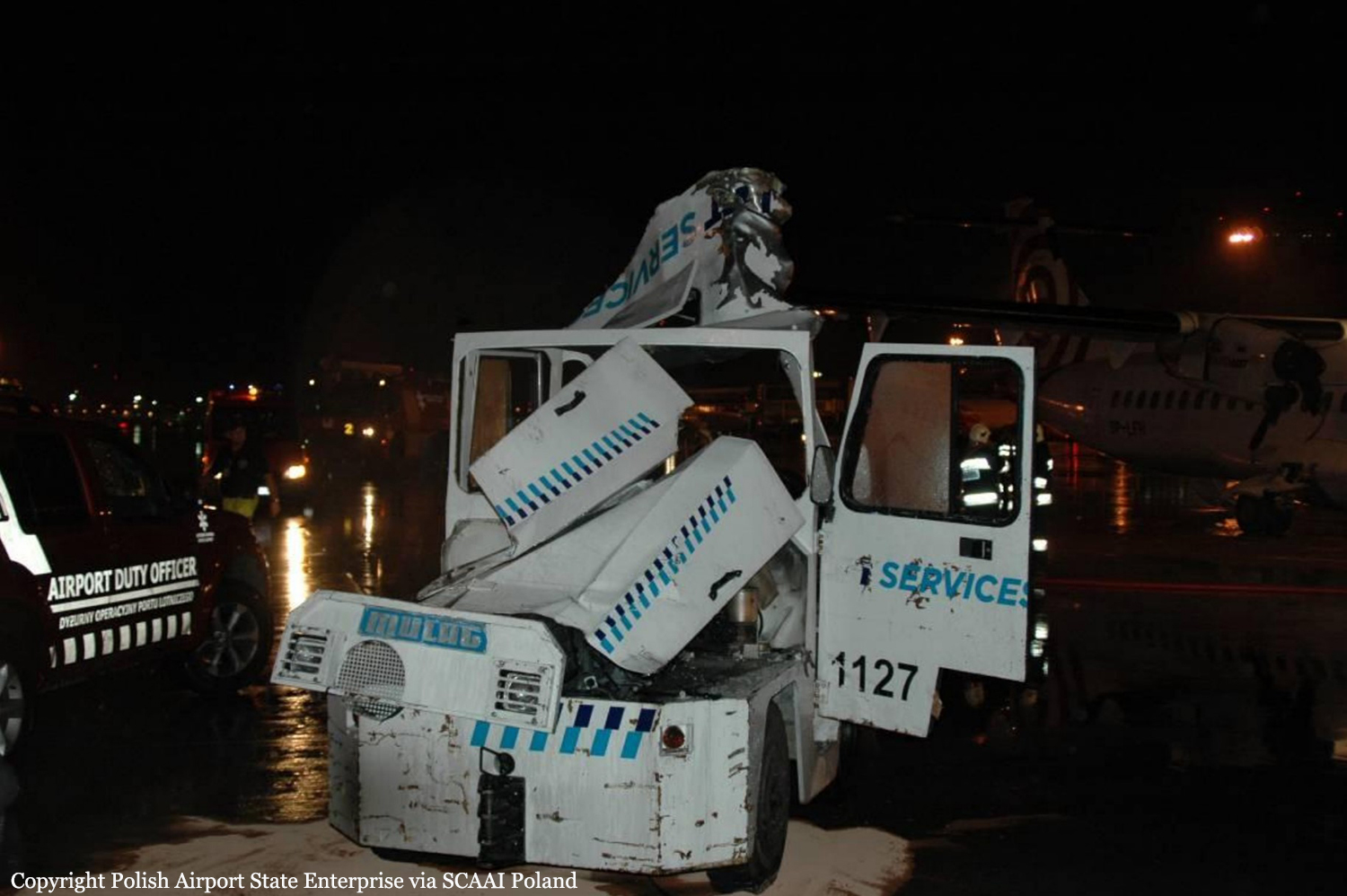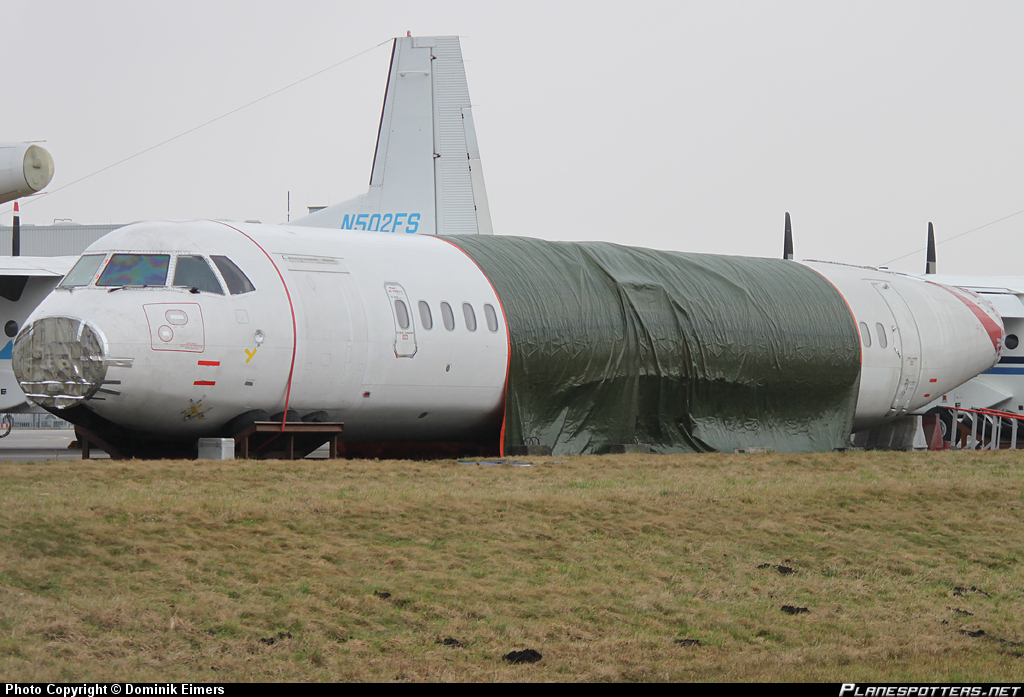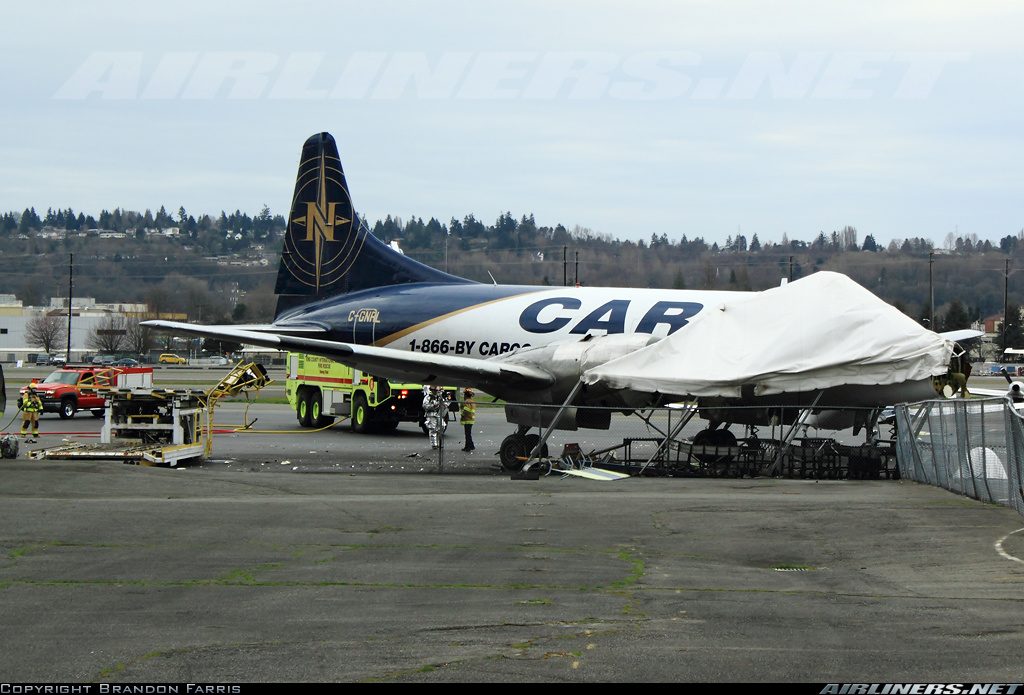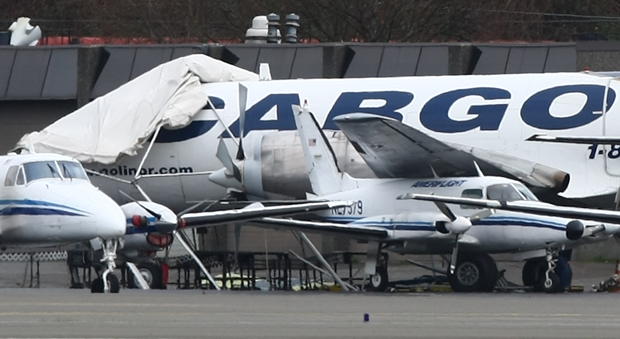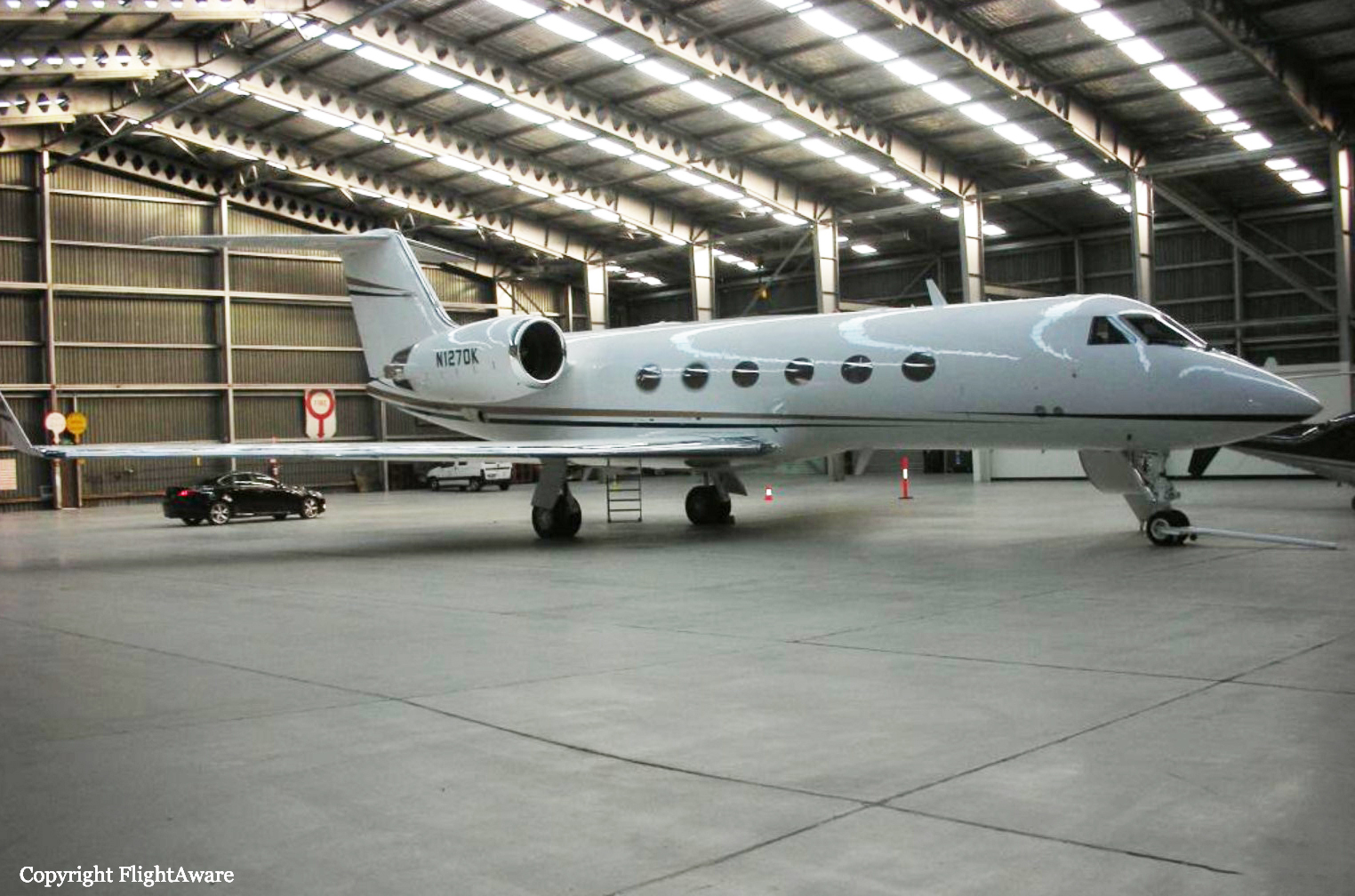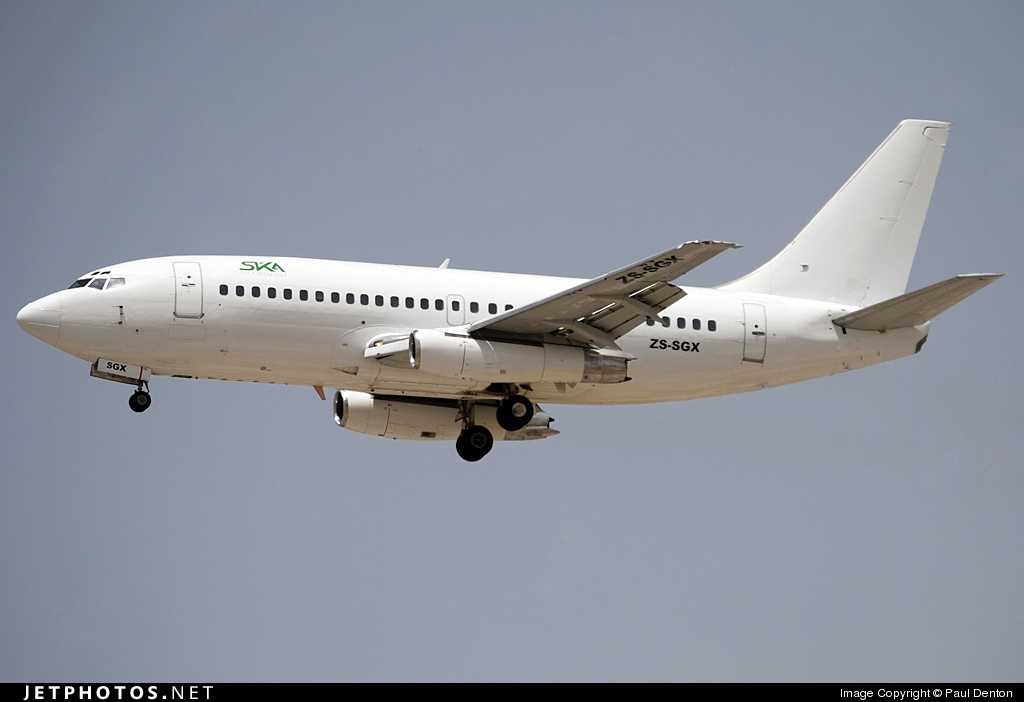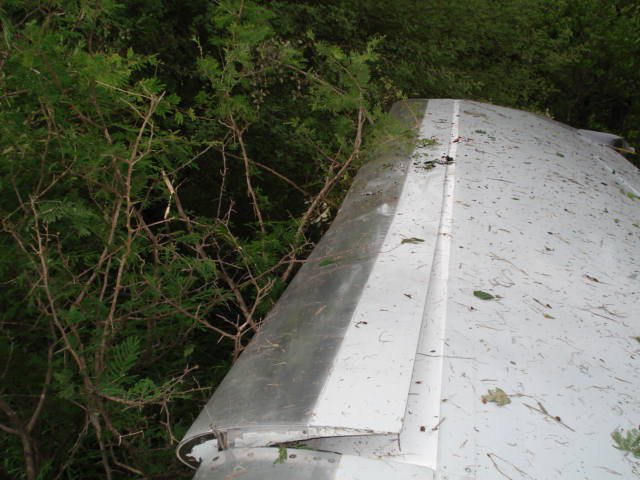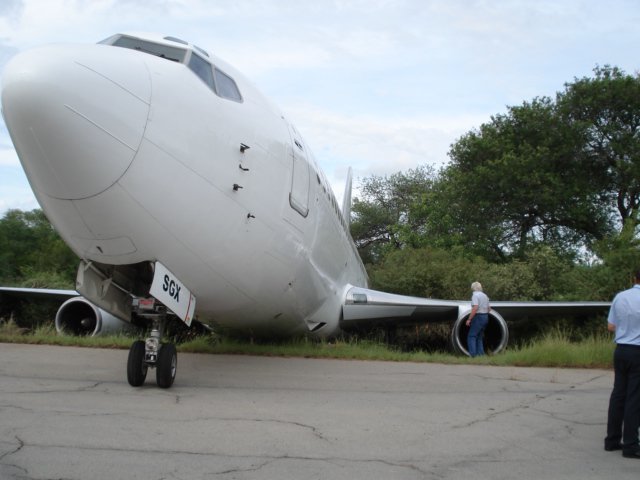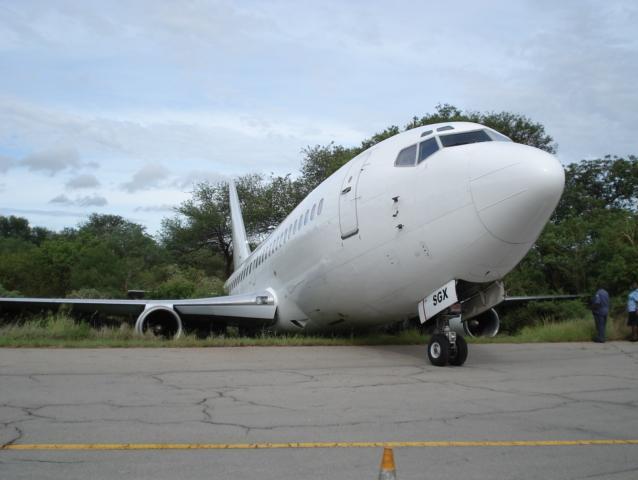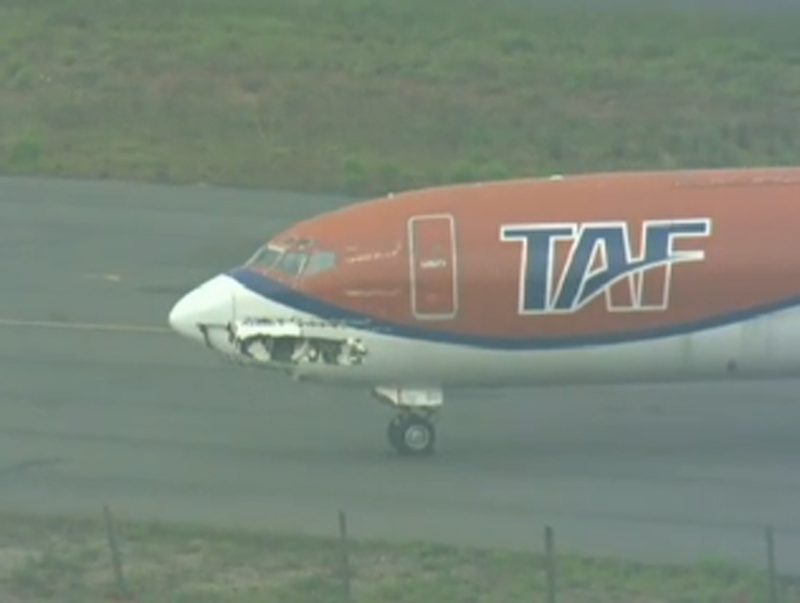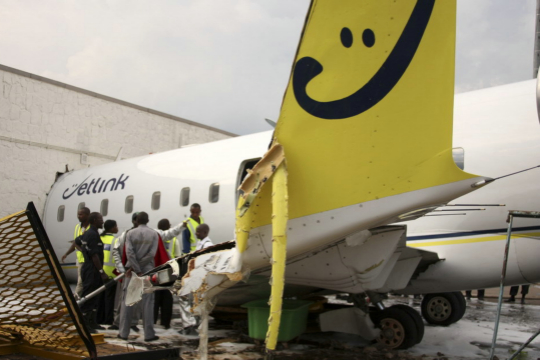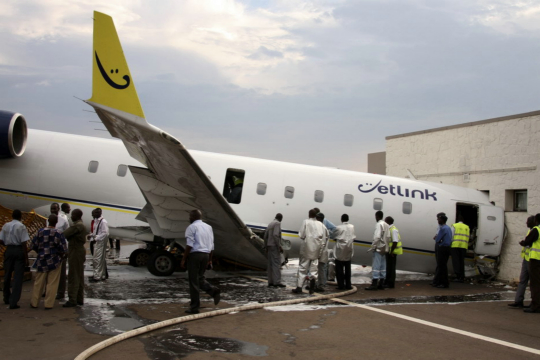Crash of a Canadair CRJ-200ER in Saint George: 1 killed
Date & Time:
Jul 17, 2012 at 0100 LT
Registration:
N865AS
Survivors:
No
MSN:
7507
YOM:
2001
Crew on board:
1
Crew fatalities:
Pax on board:
0
Pax fatalities:
Other fatalities:
Total fatalities:
1
Circumstances:
Registered N865AS, the landed at Saint George Airport, Utah, at 2236LT after completing flight DL7772 from Salt Lake City. All occupants deplaned and the aircraft was parked on the ramp for the night. Shortly after midnight, a commercial pilot climbed over the barbed wire fence, open the door of the aircraft (which was not closed by key) and managed to start the engines. The aircraft rolled for several metres before then impacted the terminal building, went through the fence and came to rest in a parking lot. The pilot shot himself in the cockpit. Polices forces confirmed later that he wanted to stole the aircraft after his girlfriend was killed that day in Colorado Springs.
Probable cause:
Aircraft stolen by a commercial pilot who shot himself in the cockpit after trying to take off without any clearance (illegal flight). No investigations were conducted by the NTSB on this event.
